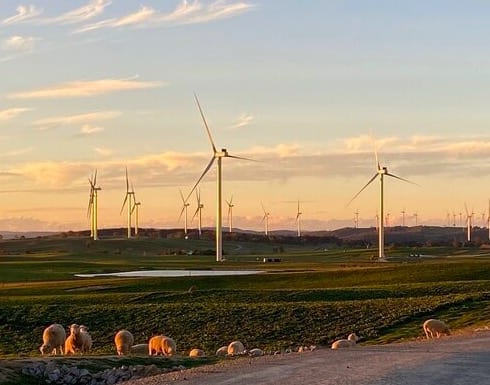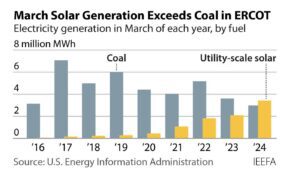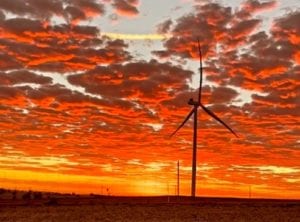The relatively sunny, windy and mild conditions on Sunday – combined perhaps with the Covid-restrictions and typically quiet weekend activity – combined to deliver a record low of “operating” winter demand in Australia’s main grid.
According to Michael Davidson, the head of operational forecasting at the Australian Energy Market Operator, the country’s National Electricity Market (all states and territories except WA and NT) recorded a new minimum demand of 15,061MW at around 1pm on Sunday.
This was around the time, as we reported yesterday, that wind and solar might have accounted for 99.1 per cent of Victoria’s state demand, were it not for the fact that nearly one third of available wind and solar capacity effectively switched itself off to dodge negative wholesale prices.
One thing to note about minimum operating demand. It is not total demand, as that would also include rooftop solar, which was contributing more than 6,800MW at the time, much of which might have been consumed “on site”, or next door to the rooftop solar installations.
Operating demand refers to total demand minus rooftop solar, and which the Australian Energy Market Operator has to meet using the visible tools at its disposal – centralised and “scheduled” generation such as coal, gas and hydro”, and semi scheduled generation such as large scale wind and solar farms.
Maximum demand used to be the biggest issue for AEMO because of the challenge of having enough supply to switch on when needed.
But the market operator is now just as worried, if not more so, by plunging levels of minimum demand, particularly while it relies on synchronous generation to provide grid services like “system strength”. South Australia and the separate Western Australia grid are its key areas of concern.
This has been a key reason why AEMO has been looking to “harness” or “orchestrate” distributed energy systems such as rooftop solar, battery storage and EVs (when they arrive en masse), so it can exert more control over supply and demand. In the interim, it has to resort to blunt measures such as switching off solar.
Davidson, in a LinkedIn post, notes that non-scheduled distributed PV between 100kW and 30MW is currently not visible to AEMO, so he says “it’s tricky” to know how low demand could have gone on the day.
“Expect the pace of record setting to increase as the sun heads for the asimuth Down Under,” he writes.

See also:The day wind and solar nearly met 100 per cent of demand in Victoria
And some further observations from Paul McArdle on Watt Clarity.
And RenewEconomy’s maps:
Large Scale Solar Farm Map of Australia










